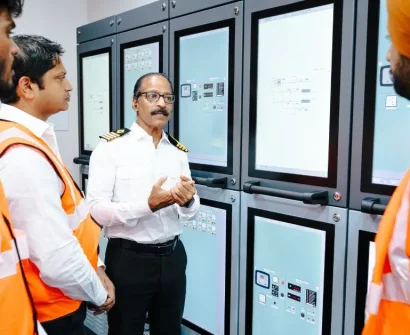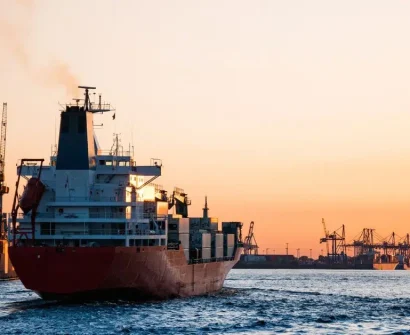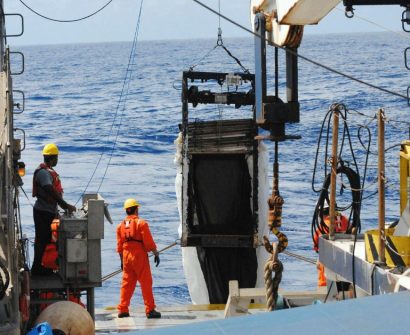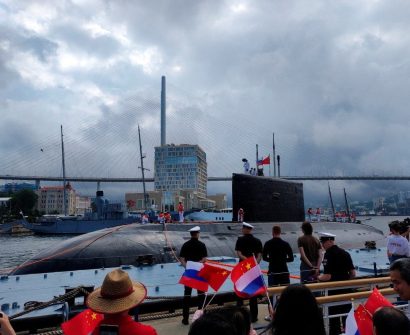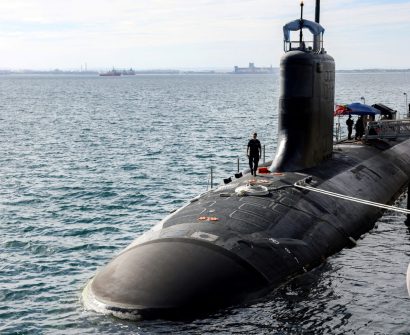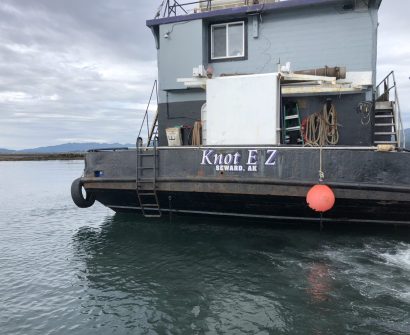Reflagged with Purpose — CMA CGM Phoenix Becomes Largest U.S.-Flagged Containership
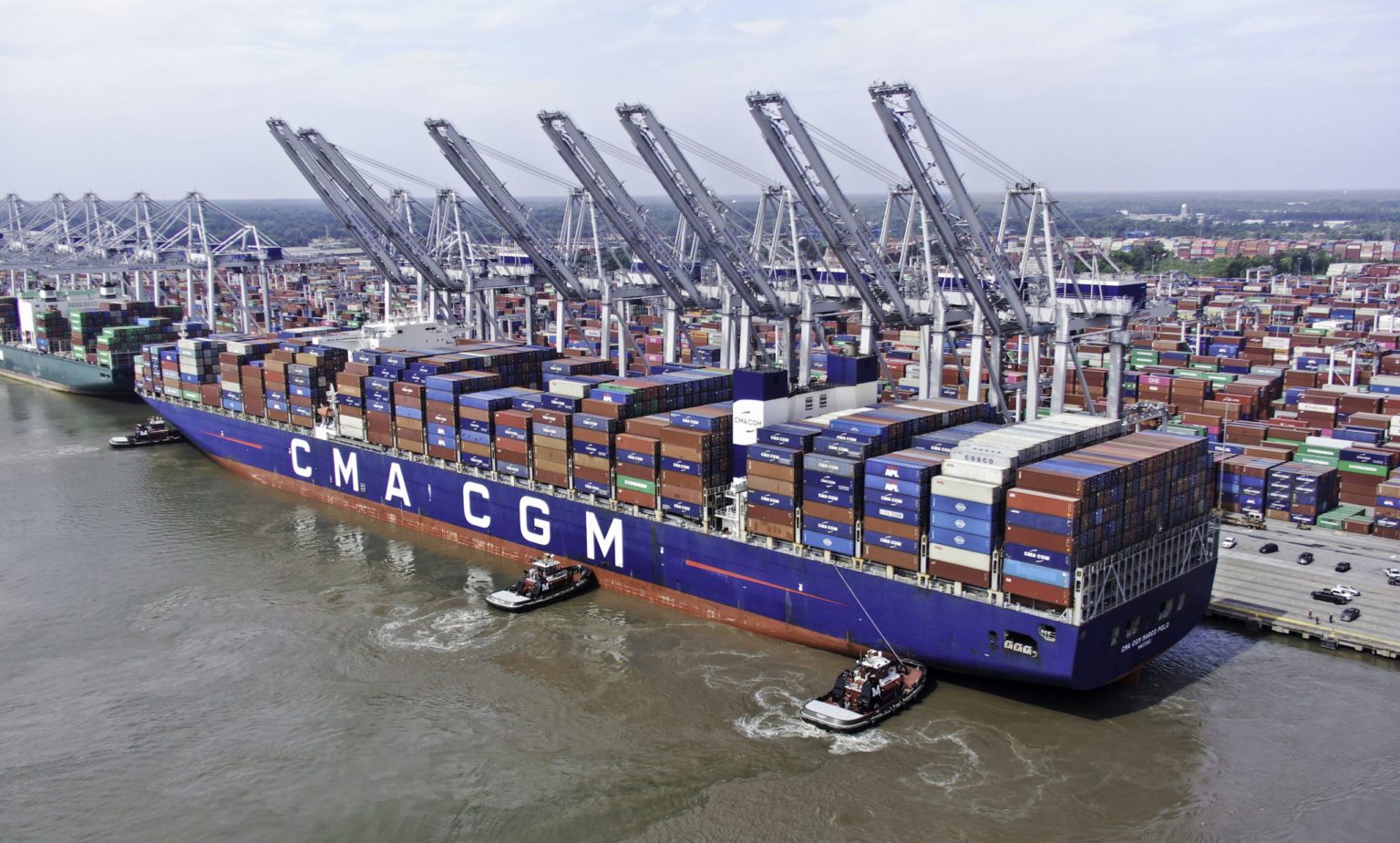
On July 24, 2025, in Charleston, South Carolina, a moment of quiet significance unfolded as the CMA CGM Phoenix, a 9,300 TEU container vessel, was officially reflagged under the U.S. registry.
Originally sailing under Singapore’s flag, the ship is now the largest container vessel to ever operate under the U.S. banner. What began as a technical ceremony marked a strategic shift — one with national and maritime implications.
A Turning Point for U.S. Maritime Power
The Phoenix is no ordinary ship. At over 1,079 feet long and 110,000 gross tons, it symbolizes a reawakening of America’s maritime ambitions. With 21 American mariners onboard at all times and a crew rotation system that employs 42 U.S. citizens, this reflagging isn’t just a flag swap — it’s a workforce commitment.
The vessel will also carry cadets from U.S. maritime academies, serving as a floating classroom while operating on the CMA CGM INDAMEX route linking the U.S. East Coast with South Asia.
In 3 Key Points
A U.S. Flag Milestone:
CMA CGM Phoenix becomes the largest U.S.-flagged containership ever, symbolizing renewed commitment to American sealift strength.
Maritime Jobs & Training:
The vessel brings 42 U.S. mariner jobs and will train cadets from national maritime academies on active global routes.
Long-Term Expansion:
This is the first of four new U.S.-flagged CMA CGM vessels coming in 2025, part of a $20B investment to triple their American fleet by 2029.
The Bigger Picture: Beyond One Ship
The reflagging reflects a wider strategic pivot. CMA CGM’s $20 billion U.S. investment will expand logistics and port infrastructure, ensuring greater American control over critical supply chains. With growing geopolitical tensions and shipping risks, bolstering a reliable U.S.-flagged fleet matters more than ever.
The Phoenix now becomes one of 189 vessels flying the U.S. flag, reinforcing national readiness and resilience. For CMA CGM, it’s a public reaffirmation of their intent to integrate deeper into the American maritime fabric.
The Wake Left Behind
Modern commercial shipping is no longer just about cargo; it’s national infrastructure.
This move sends a clear message: that maritime sovereignty still matters.
It reminds us that flagging decisions aren’t bureaucratic—they’re strategic.
Cadet training, crew employment, and sealift capacity must be priorities, not afterthoughts.
America’s merchant fleet must stay prepared—not just for commerce, but for crisis.
Captain’s POV — As a Mariner Myself
Hmm… I dont have any POV.
Please tell yours.


